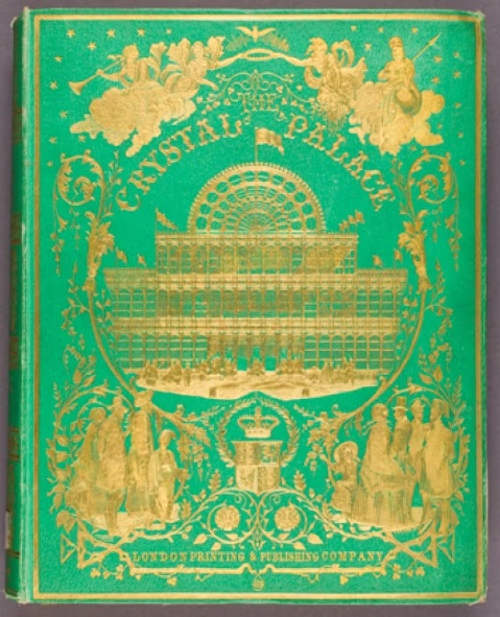Book conservationists have launched an effort to locate thousands of 19th-century books containing ’emerald green’, a rare and coveted pigment created with the help of arsenic.
Before the industrial revolution, books were leather-bound artisanal creations that took a lot of time and effort to produce, but the invention of bookcloth changed everything. It was both cheaper and easier to make, but it also allowed for the use of pigments to make book covers more appealing. For example, one of the most popular bookcloth colors of the late 19th century was a vibrant green that came to be known as Paris green or emerald green. No other pigment even came close in terms of intensity, and although a series of arsenic poisoning accidents were reported during that time, the demand for it was so strong that manufacturers didn’t even consider canceling production. Tens, maybe even hundreds of thousands of emerald green books were produced until the risk of arsenic poisoning became a big enough issue and the pigment was finally pulled from production, and thousands of them are still in libraries and private collections today.

Photo: Winterthur Museum
Melissa Tedone, a conservator at Delaware’s Winterthur Museum, discovered arsenic-infused books while examining a gorgeous green book published in 1857. She was repairing the book’s spine and boards when she noticed the green pigment flaking off, which she found unusual. That’s the problem with pigments, they tend to crack, peel, and flake off over time, which isn’t that big of a deal unless that pigment contains a highly toxic ingredient.
When disturbed, emerald green pigment flakes and invisible fragments fly into the air from where they can be inhaled. Some of it can also remain on the hands of whoever is handling one of these emerald green books, and even though it would take a fair bit of this poisonous pigment to actually kill a person, the arsenic can still cause serious health problems and even prove fatal in the long-term.
Acute symptoms of arsenic exposure can include gastrointestinal symptoms, and over time it can cause lesions and even cancer. To prevent such problems, Melissa Tedone has created the Poison Book Project, an initiative meant to educate people on the dangers of handling books dyed with emerald green. For example, they suggest wearing nitrile gloves when handling books that may have been painted with the toxic pigment and storing them in isolated polyethylene bags.
“We are not aware of any cases of anyone getting seriously ill from handling a book like this,” Tedone told CBC Canada. “We just want to make people aware of the potential hazards so that we can avoid any tragedy ever happening from one of these books.”
“You don’t need to panic and throw them away,” the conservator added. “We just want people to take it seriously.”
Shadows From The Walls of Death, a book featuring samples of arsenic-pigmented wallpaper that people used to decorate their homes over a century ago, is considered one of the deadliest books ever published.












